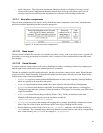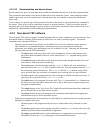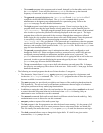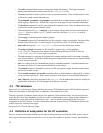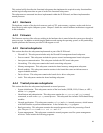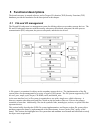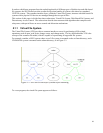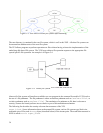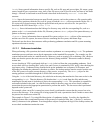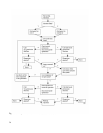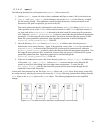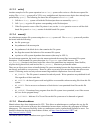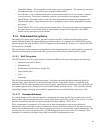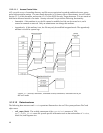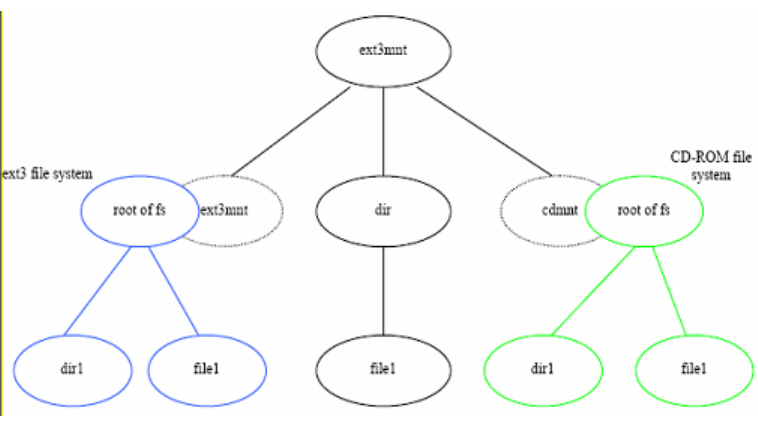
In order to shield user programs from the underlying details of different types of disk devices and disk-based
file systems, the SLES kernel provides a software layer that handles all system calls related to a standard
UNIX file system. This common interface layer, called the Virtual File System, interacts with disk-based file
systems whose physical I/O devices are managed through device special files.
This section of this paper is divided into three subsections: Virtual File System, Disk-Based File Systems, and
Discretionary Access Control. The subsections describe data structures and algorithms that comprise each
subsystem, with special focus on access control and allocation mechanisms.
5.1.1 Virtual File System
The Virtual File System (VFS) provides a common interface to users for performing all file-related
operations, such as open, read, write, change owner, and change mode. The key idea behind the VFS is the
concept of the common file model, which is capable of representing all supported file systems.
For example, consider a SLES system where an ext3 file system is mounted on the ext3mnt directory, and a
CD-ROM file system is mounted on the cdmnt directory, as in Figure 5-2.
To a user program, the virtual file system appears as follows:
33
Figure 5-2: ext3 and CD-ROM file systems before mounting



